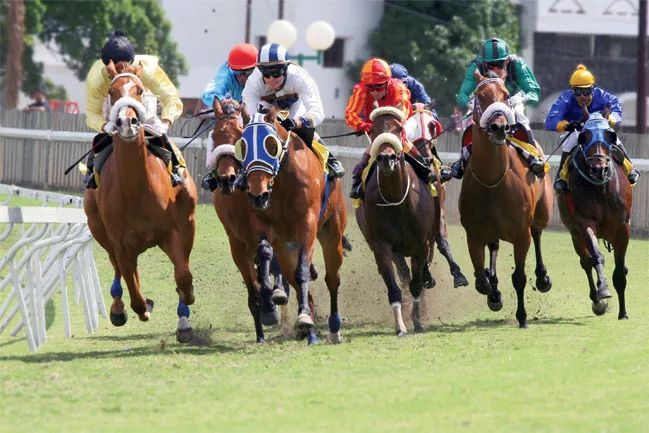American Farriers Journal
American Farriers Journal is the “hands-on” magazine for professional farriers, equine veterinarians and horse care product and service buyers.

Racetrack farriers must hone their shoeing skills as well as develop a keen eye for how a horse moves if they want to have a successful
Shoeing at a racetrack offers many rewards, including the opportunity to work with very special horses and learn a great deal from top trainers and riders. It also offers an opportunity for a good income and the excitement inherent in the “Sport of Kings.”
That’s the message two farriers from different sides of the tracks left with an audience at the 2008 International Hoof-Care Summit — but they also warned that the track can be a tough place to get started. You’re also only as good as the last horse your shoes helped put in the winner’s circle.
Tex Cauthen and Steve Stanley have spent most of their shoeing careers around the racetrack — Cauthen at Thoroughbred and Stanley at Standardbred tracks. They agree that the work “gets in your blood.”
While there are obviously major differences between the two types of horse racing, as well as the shoeing they require, the farriers agree the pros and cons of the job have many similarities.
“To me, shoeing at the tracks gives you a great opportunity to learn,” says Stanley, of Versailles, Ky., who does most of his shoeing at the Red Mile Standardbred track in nearby Lexington.
“A lot of these trainers are very aware of what affects the horse. What they know and see in how a horse moves blows me…